Although the world of fashion and its glamorous facade may seem intriguing to many, its less elegant backside shows that over 500 million tons of textiles end up in landfills every year. With ‘overconsumption’, ‘ultra-fast fashion’, and ‘disposable culture’ as new...

Få succes med influencer marketing som offentlig instans
Få succes med influencer marketing som offentlig instans
Influencer marketing er en branche i vækst, og mange virksomheder bruger det i kommercielle sammenhænge til at kommunikere ud til en specifik målgruppe med et bestemt budskab. Men vidste du, at offentlige instanser også kan have gavn af det f.eks. i form af en oplysningskampagne?
Influencer marketing handler ikke bare om at skabe eller øge salg, men det kan også bruges af offentlige instanser, som gerne vil formidle alvorlige budskaber til deres målgruppe. Vi har derfor talt med Team Lead – Influencer Marketing, Louise Levi Verge, fra Represented by Bloggers Delight. Hun har givet os indsigt i, hvordan du kan gribe influencer marketing an som offentlig instans.
 Louise Levi Verge har en kandidat i medievidenskab og blev færdiguddannet i 2017. Hun har arbejdet hos Represented by Bloggers Delight de sidste fem år som Senior Influencer Marketing Advisor og sidder i dag som Team Lead – Influencer Marketing. Her specialiserer hun sig i at rådgive forskellige brands og virksomheder i influencer marketing.
Louise Levi Verge har en kandidat i medievidenskab og blev færdiguddannet i 2017. Hun har arbejdet hos Represented by Bloggers Delight de sidste fem år som Senior Influencer Marketing Advisor og sidder i dag som Team Lead – Influencer Marketing. Her specialiserer hun sig i at rådgive forskellige brands og virksomheder i influencer marketing.
Derudover arbejder hun også med kampagner inden for det offentlige i samarbejde med eksempelvis kommuner.
Hvorfor bruge influencer marketing?
Influenter er gode til at skabe opmærksomhed hos deres målgruppe. Det skyldes, at følgerne har meget stor tillid til det, influenterne siger, og opfatter dem som troværdige og til at stole på. Derfor kan influencer marketing være et godt værktøj at bruge til at nå ud til din målgruppe – også når du sidder som en offentlig instans og skal formidle et budskab.
For mange unge kan influenterne betragtes som et slags nyhedsmedie. Det er nemlig herigennem, de får viden om verden på, fortæller Louise Levi Verge. Influencer marketing kan derfor være relevant at tænke ind, hvis du står i en situation som offentlig instans, hvor du gerne vil kommunikere et budskab i øjenhøjde med modtageren, eller hvis du bare gerne vil målrette dit budskab til et yngre segment.
Oplysningskampagner med influenter
Influencer marketing kan bruges til mange forskellige typer af kampagner. For eksempel kan du bruge det, hvis du vil skabe brand awareness eller øge salg, men det kan også være et værdifuldt værktøj, hvis du vil formidle et vigtigt budskab og skabe troværdighed.
Hos Represented har de arbejdet med flere forskellige oplysningskampagner. Eksempelvis har de lavet en kampagne for Sundhedsstyrelsen, som skulle opfordre en yngre målgruppe til at kvitte cigaretterne. Louise fortæller i den forbindelse, hvorfor influencer marketing er et effektivt redskab at bruge i en oplysningskampagne.
– Det er en rigtig god vej til at oplyse forskellige forbrugere omkring emner på en personlig måde, hvor man oftest oplever, at de lidt mere traditionelle medier vil have et budskab med en løftet pegefinger, uddyber Louise Levi Verge.
Influencer marketing er et godt sted at starte, hvis du gerne vil formidle et vigtigt budskab gennem en personlig historie, siger Louise Levi Verge. Når du bruger influenter til at formidle et budskab, kan influenternes opbyggede relation til deres følgere hjælpe dig med at skabe opmærksomhed om et emne på en autentisk og mere jordnær måde.
Valg af influent
Men hvad skal du være særligt opmærksom på, når du laver en oplysningskampagne i samarbejde med en influent? Her fremhæver Louise vigtigheden i at finde det rigtige match mellem virksomhed og influent.
– Når du som offentlig instans skal kommunikere et budskab ud gennem en influent, så er det vigtigt at udvælge en influent som rammer den målgruppe, du gerne vil ramme. Det kan derfor være relevant at indtænke, om influenten har et eller andet på hjertet, som relaterer sig til det budskab, der skal kommunikeres, fortæller Louise Levi Verge.
Noget af det vigtigste, du skal være opmærksom på, er altså at finde den rigtige influent, som passer til lige netop dit budskab. Hvis influenten har en særlig relation til det emne, der skal kommunikeres, vil det også hjælpe dig med at skabe troværdighed samt appellere til din målgruppe.
Vidste du, at vi har mange forskellige influenter i VOCAST?
Du kan finde influenter på vores kuraterede lister, hvor vi samler en række forskellige pressekontakter inden for forskellige stofområder – og så kan du også selv søge dem frem i kontaktdatabasen.
Giv plads til kreativitet
Influenter skaber troværdighed gennem deres autenticitet på de sociale medier. Når du som offentlig instans indgår et samarbejde med en influent, er det vigtigt, at du også er bevidst om, at det er selve influenten, der bør italesætte dit budskab med sine egne ord, og altså ikke dig som offentlig instans.
– Man skal turde at slippe tøjlerne lidt og give den tøjle videre til influenterne. I sidste ende er det influentens egne ord, som skal ud at leve, siger Louise Levi Verge.
Når influenten italesætter budskabet med sine egne ord, bliver det mere personligt og lettere for følgerne at relatere til, end hvis det kommer direkte fra en offentlig instans. Budskabet skinner derfor mere klart igennem for følgerne. Derfor skal du være indstillet på at give influenten noget ansvar og lade dem være selvstændige – selvom det kan være udfordrende eller endda grænseoverskridende, når du gerne vil sikre dig, at alle oplysninger bliver formidlet korrekt.
Louise pointerer dog, at selvom det er influenten, der er talerør, kan du stadig gøre det klart over for dem, hvad det er for en retning, du gerne vil have på samarbejdet, og hvad dit kernebudskab er. Du har derfor stadig indflydelse på kommunikationsindsatsen. Ifølge Louise kan du nemlig altid modtage indholdet før udgivelse, så du kan være sikker på, at influenten ikke kommer til at sige noget, der er faktuelt forkert.
Du kan derfor med fordel bruge influencer marketing, hvis du som offentlig instans gerne vil formidle et alvorligt budskab i en oplysningskampagne. Det kan både være en nemmere og mere effektiv måde at kommunikere ud til bestemte målgrupper. Influenterne kan nemlig hjælpe dig med at skabe troværdighed, og deres autenticitet kan gøre, at du kan kommunikere på en helt ny måde.
Tre pointer, du skal have i tankerne, inden du går i gang med influencer marketing som offentlig instans

SIGN UP TO OUR NEWSLETTER
Get free knowledge on how to optimize your B2B marketing & new product releases.
RELATED POSTS
Sustainable Fashion Through a Circular Lens
Copenhagen Guide: Fall & Winter Edition
It's that time of the year. The season is changing, the temperature is lowering and the fairy lights are being put up. Copenhagen is packed with things to do, places to visit, and food and drinks to try out. We have gathered a bunch of recommendations on what to do...
Mastering TikTok: Thrive in the Era of Personalized Marketing
In the changing world of digital marketing, TikTok has emerged as a powerful force for brands to authentically engage with their audiences. TikTok is a rapidly growing social media platform that allows users to create and share short, engaging videos with a global...






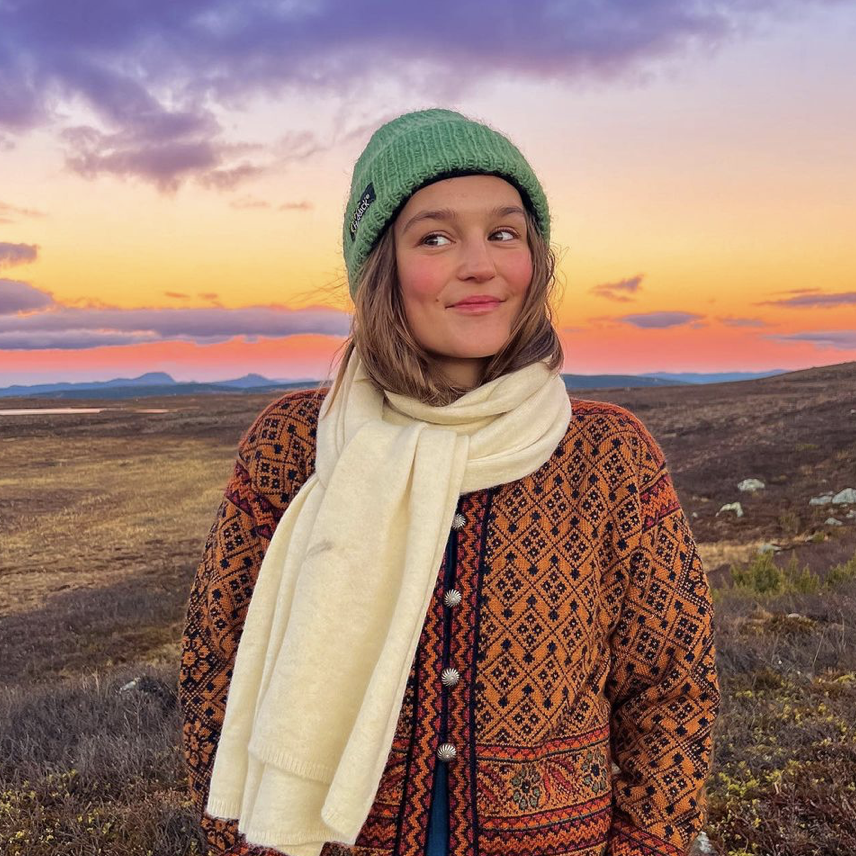

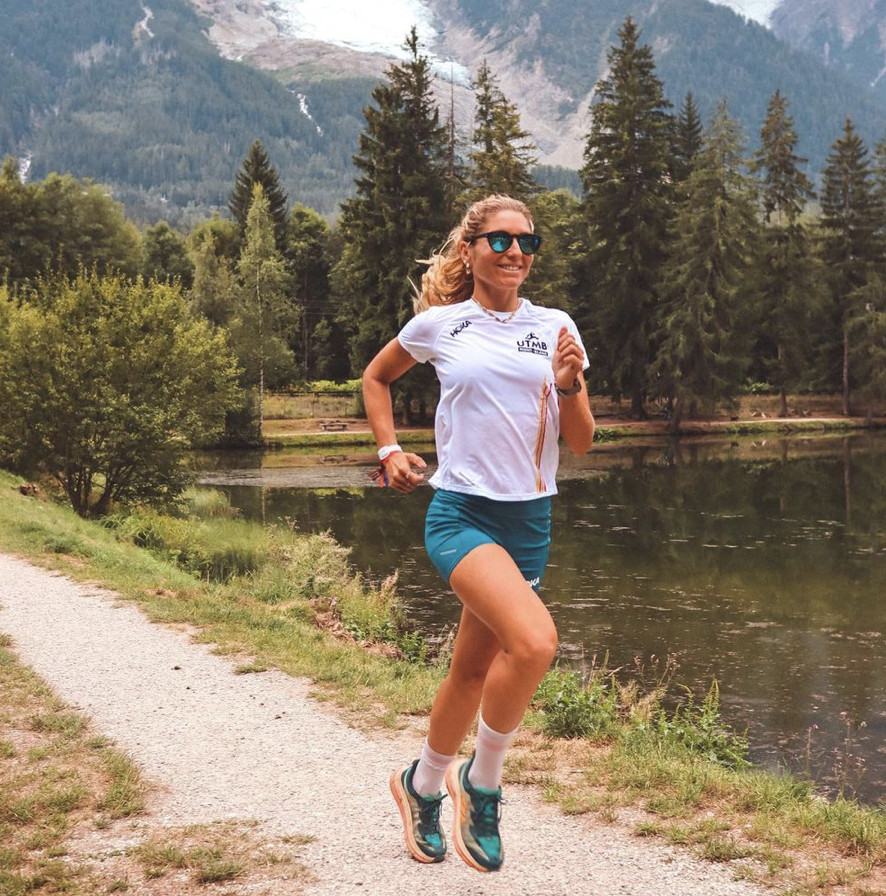







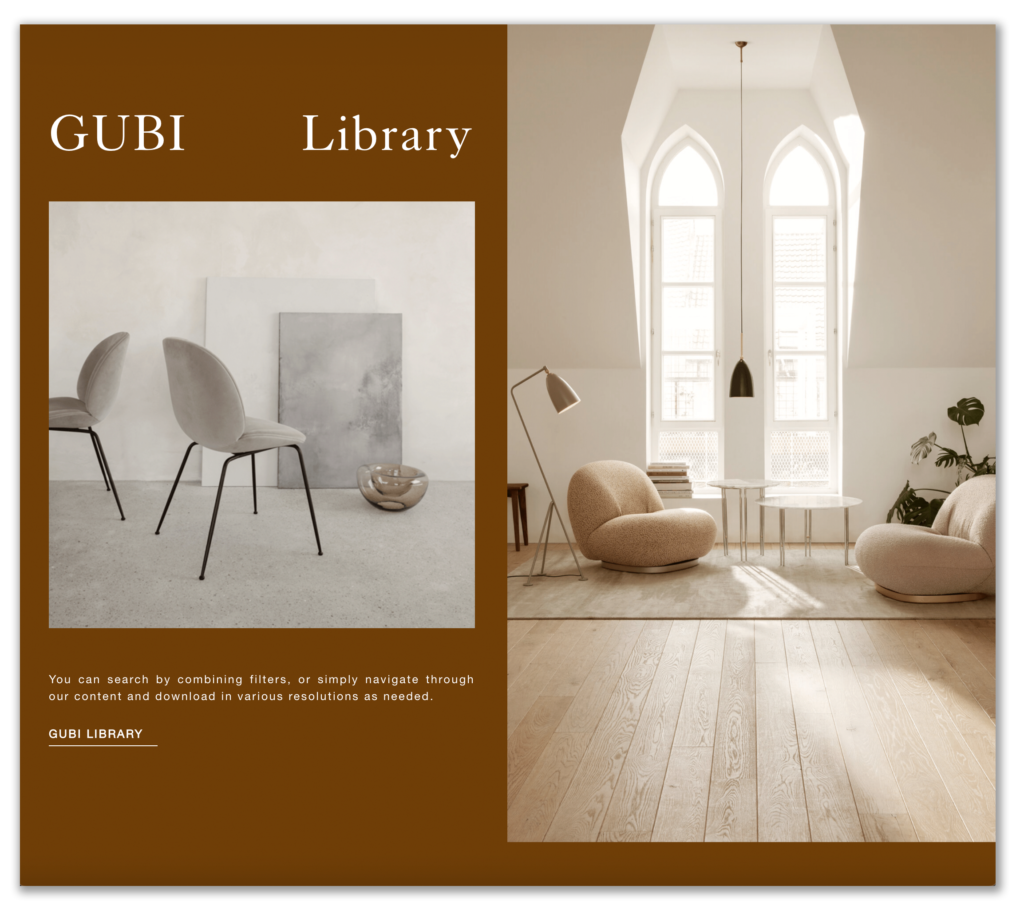





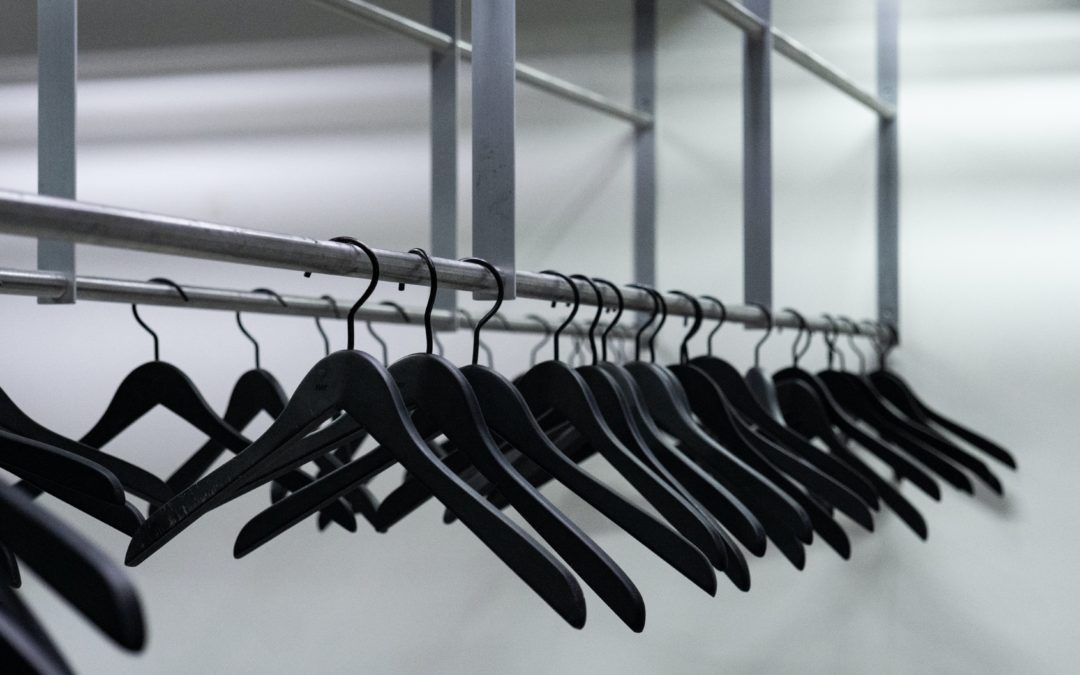


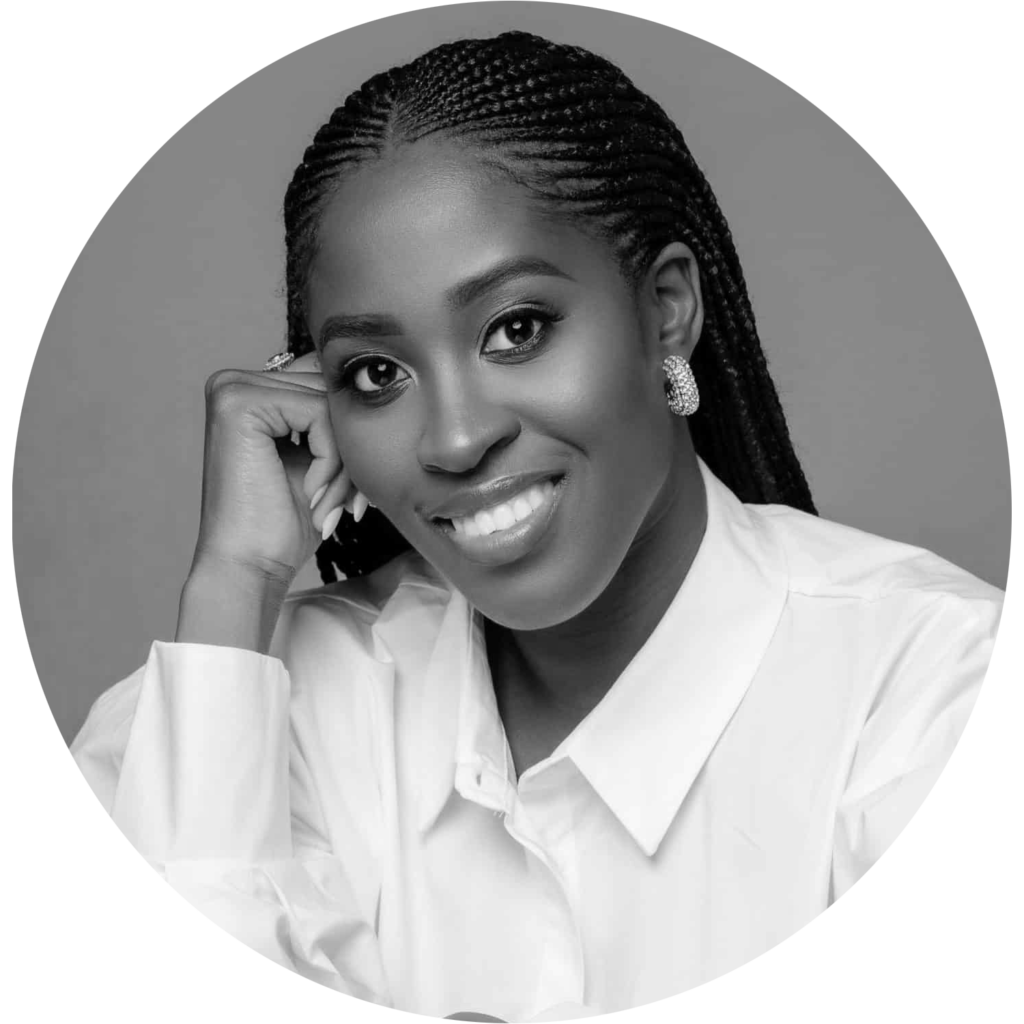
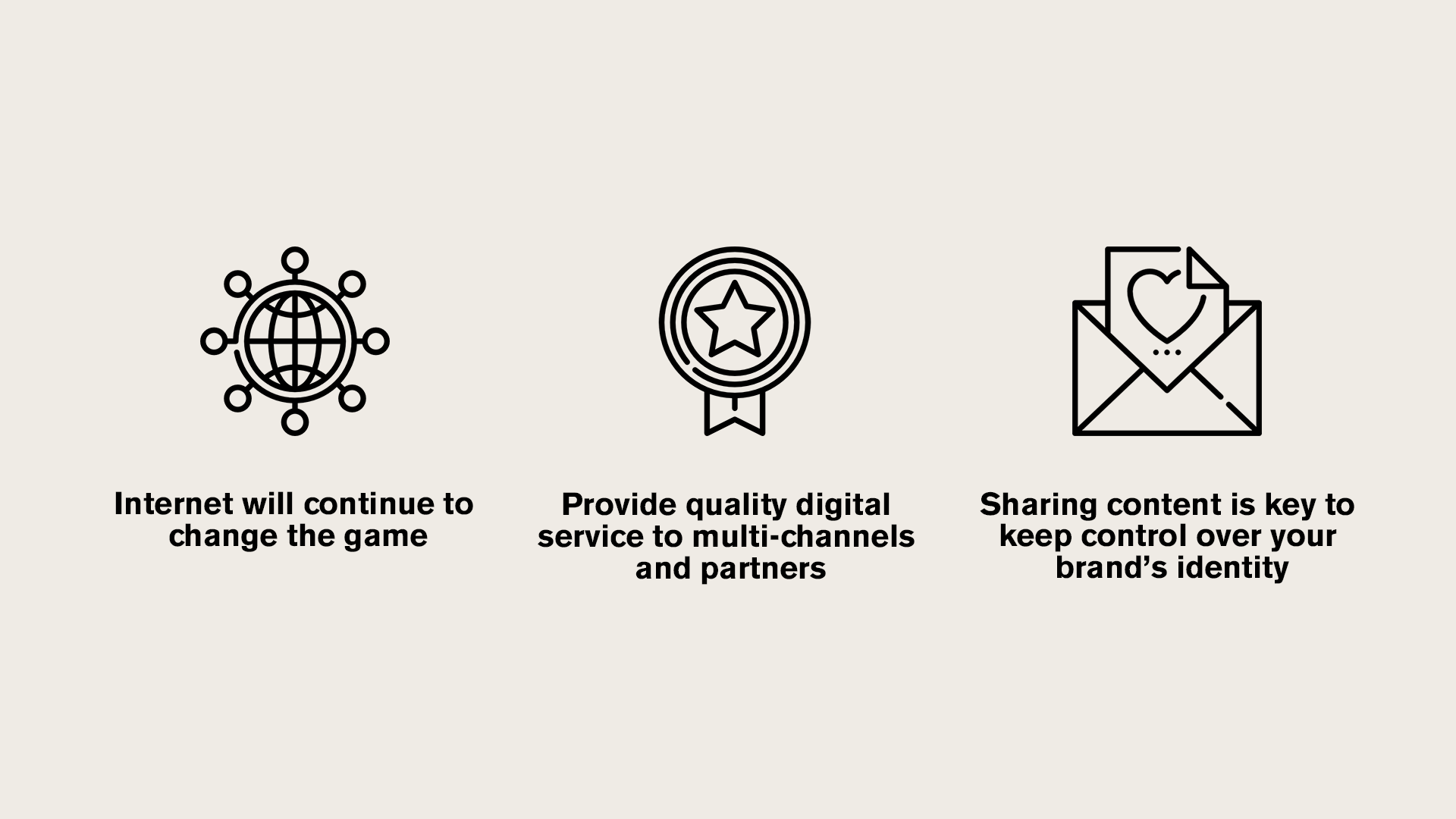

 Mathilde Moberg, Partner and Management at Nter_Action
Mathilde Moberg, Partner and Management at Nter_Action


